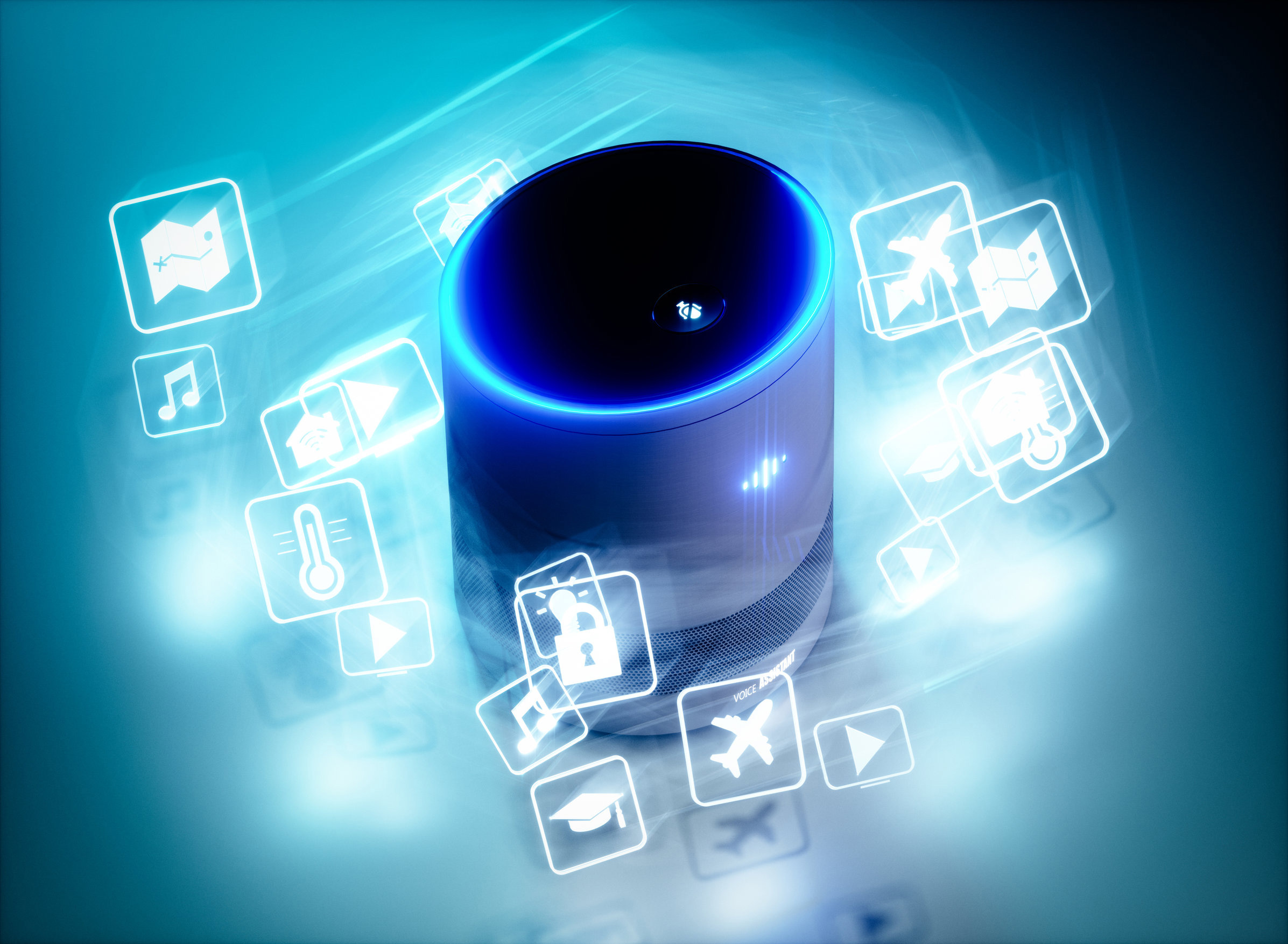Researchers at the UPV/EHU-University of the Basque Country show that the distortion metrics used to detect intentional perturbations in audio signals are not a reliable measure of human perception, and have proposed a series of improvements. These perturbations, designed to be imperceptible, can be used to cause erroneous predictions in artificial intelligence. Distortion metrics are applied to assess how effective the methods are in generating such attacks.
Seeking a way of preventing audio models for AI machine learning from being fooled
Warnings have emerged about the unreliability of the metrics used to detect whether an audio perturbation designed to fool AI models can be perceived by humans
- Research
First publication date: 20/12/2021

Artificial intelligence (AI) is increasingly based on machine learning models, trained using large datasets. Likewise, human-computer interaction is increasingly dependent on speech communication, mainly due to the remarkable performance of machine learning models in speech recognition tasks.
However, these models can be fooled by "adversarial" examples, in other words, inputs intentionally perturbed to produce a wrong prediction without the changes being noticed by humans. "Suppose we have a model that classifies audio (e.g. voice command recognition) and we want to deceive it, in other words, generate a perturbation that maliciously prevents the model from working properly. If a signal is heard properly, a person is able to notice whether a signal says 'yes', for example. When we add an adversarial perturbation we will still hear 'yes', but the model will start to hear 'no', or 'turn right' instead of left or any other command we don't want to execute," explained Jon Vadillo, researcher in the UPV/EHU’s Departament of Computer Science and Artificial Intelligence.
This could have "very serious implications at the level of applying these technologies to real-world or highly sensitive problems", added Vadillo. It remains unclear why this happens. Why would a model that behaves so intelligently suddenly stop working properly when it receives even slightly altered signals?
Deceiving the model by using an undetectable perturbation
“It is important to know whether a model or a programme has vulnerabilities," added the researcher from the Faculty of Informatics. “Firstly, we investigate these vulnerabilities, to check that they exist, and because that is the first step in eventually fixing them.” While much research has focused on the development of new techniques for generating adversarial perturbations, less attention has been paid to the aspects that determine whether these perturbations can be perceived by humans and what these aspects are like. This issue is important, as the adversarial perturbation strategies proposed only pose a threat if the perturbations cannot be detected by humans.
This study has investigated the extent to which the distortion metrics proposed in the literature for audio adversarial examples can reliably measure the human perception of perturbations. In an experiment in which 36 people evaluated adversarial examples or audio perturbations according to various factors, the researchers showed that "the metrics that are being used by convention in the literature are not completely robust or reliable. In other words, they do not adequately represent the auditory perception of humans; they may tell you that a perturbation cannot be detected, but then when we evaluate it with humans, it turns out to be detectable. So we want to issue a warning that due to the lack of reliability of these metrics, the study of these audio attacks is not being conducted very well," said the researcher.
In addition, the researchers have proposed a more robust evaluation method that is the outcome of the "analysis of certain properties or factors in the audio that are relevant when assessing detectability, for example, the parts of the audio in which a perturbation is most detectable". Even so, "this problem remains open because it is very difficult to come up with a mathematical metric that is capable of modelling auditory perception. Depending on the type of audio signal, different metrics will probably be required or different factors will need to be considered. Achieving general audio metrics that are representative is a complex task," concluded Vadillo.
Bibliographic reference
- On the human evaluation of universal audio adversarial perturbations
- Computers & Security
- DOI: 10.1016/j.cose.2021.102495



